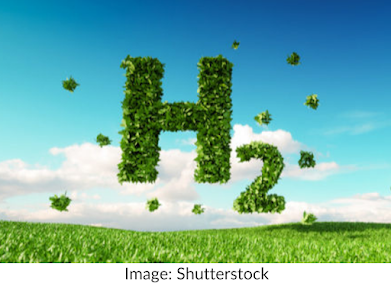Is Warmer Weather What's Behind Extreme Winters?
When we first think of climate change, the build-up of emitted greenhouse gasses in the atmosphere, images of droughts, wildfires, and high temperatures pop into our minds. Many people who don't believe in climate change cite winter storms as evidence that the Earth's climate is not getting warmer. The case here actually is that the overall higher temperatures are actually behind these extreme winter storms.
Take Winter Storm Uri, for example; this storm hit Texas, which sees a mild to cold winter and hot and humid summer. The storm produced heaps of snow and record low temperatures, truly shocking the public and the unprepared infrastructure system.
But how did this anomaly occur? These types of extreme storms are only becoming more and more common as a result of climate change. The further north or south you go of the equator, the lower the temperatures get, as the sun does not heat the entire planet equally. A narrow tunnel of a fast-moving air current called the jet stream encircles the Earth up near the arctic. It acts as a border of sorts between the colder arctic temperatures on one side and the warmer temperatures closer to the equator on the other. It looks like a curvy line and moves higher in the summer and lower in the winter to a certain extent.
 |
| Image credit: https://climate.ncsu.edu/edu/JetStream |
Positive arctic oscillation sees stronger jet stream winds and a clearly defined, straighter border shape. Temperatures in the arctic are rising due to the warming atmosphere, which is making the opposite process of negative arctic oscillation, where the jet stream sees weaker winds, much more common. Air pressure on the northern side rises, and therefore it becomes closer to that of the warmer side. As a result, the jet stream border becomes less defined and unstable, wobbling up and down, creating high and low-temperature extremes.
 |
| Image credit: https://www.wunderground.com/ |
 |
| Image credit: https://www.newsbreak.com/texas/san-antonio/topics/san-antonio-weather-10-day |
https://scijinks.gov/jet-stream/
https://www.forbes.com/sites/startswithabang/2019/01/30/this-is-why-global-warming-is-responsible-for-freezing-temperatures-across-the-usa/?sh=67d15f31d8cf
nationalgeographic.com/environment/article/climate-change-colder-winters-global-warming-polar-vortex
https://climatekids.nasa.gov/harsh-winter/



Comments
Post a Comment